When it comes to choosing the right fixture for your bathroom or kitchen, two options often come to mind: the wash basin and the kitchen sink. Both serve similar functions of providing a water source for washing and cleaning, but they have distinct differences that make them suitable for different purposes. In this article, we will compare and contrast the wash basin and kitchen sink to help you decide which one is best for your needs.Wash Basin vs Kitchen Sink
The main difference between a wash basin and a kitchen sink lies in their design and intended use. A wash basin, also known as a bathroom sink or lavatory, is specifically designed for handwashing and personal hygiene in the bathroom. It is typically smaller in size and can be mounted on a countertop or wall. On the other hand, a kitchen sink is larger and deeper, designed for more heavy-duty tasks such as washing dishes and food preparation in the kitchen.Wash Basin vs Kitchen Sink: What's the Difference?
While both wash basins and kitchen sinks provide a water source for cleaning, there are several key differences to consider when choosing between the two. One main difference is the size and depth of the basin. Wash basins are shallower and smaller, making them ideal for handwashing and personal hygiene. Kitchen sinks, on the other hand, are deeper and larger, allowing for more space to wash dishes and prepare food. Another difference is the location of the faucet. In wash basins, the faucet is typically mounted on the top or back of the basin, while in kitchen sinks, it is usually mounted on the back or side. This allows for easier maneuvering of pots and pans in the sink without obstruction from the faucet.Comparing Wash Basins and Kitchen Sinks
When it comes to determining which fixture is better, it ultimately depends on your specific needs and preferences. If you have a smaller bathroom or are looking for a more budget-friendly option, a wash basin may be the better choice. However, if you spend a lot of time in the kitchen and need a larger and deeper sink for heavy-duty tasks, a kitchen sink would be more suitable. It is also worth considering the design and aesthetic of your space. Wash basins come in a variety of styles and materials, making them a great way to add a touch of personality to your bathroom. Kitchen sinks, on the other hand, are usually made of stainless steel or porcelain and have a more utilitarian look.Wash Basin vs Kitchen Sink: Which is Better?
Aside from their physical differences, wash basins and kitchen sinks also have different functions and purposes. Wash basins are primarily used for handwashing and personal hygiene, while kitchen sinks are meant for a variety of tasks such as washing dishes, food prep, and even bathing small children or pets. Additionally, the location of these fixtures also plays a role in their intended use. Wash basins are typically found in bathrooms, while kitchen sinks are located in the kitchen. This means that wash basins are more private and personal, while kitchen sinks are often used by multiple people in a household.Understanding the Differences Between Wash Basins and Kitchen Sinks
Before making a decision between a wash basin and kitchen sink, it is important to consider the pros and cons of each. Wash basins are great for smaller spaces and are often more cost-effective. They also come in a variety of styles and materials, making them a versatile choice for any bathroom. However, they may not be suitable for heavy-duty tasks and can be limiting in terms of functionality. Kitchen sinks, on the other hand, offer a larger and deeper basin for more practical use. They also come in a variety of sizes and designs to fit your kitchen aesthetic. However, they may take up more space and can be more expensive than wash basins.Wash Basin vs Kitchen Sink: Pros and Cons
When deciding between a wash basin and kitchen sink, it is important to consider your specific needs and preferences. If you have a smaller space or are on a budget, a wash basin may be the better choice. If you spend a lot of time in the kitchen and need a more functional sink, a kitchen sink would be the better option. Additionally, it is also important to consider the design and aesthetic of your space. You want a fixture that not only serves its purpose but also adds to the overall look of your bathroom or kitchen.Choosing Between a Wash Basin and Kitchen Sink
Both wash basins and kitchen sinks come in a variety of designs and materials to fit your personal style and needs. Wash basins can be made of ceramic, porcelain, or even stone, while kitchen sinks are usually made of stainless steel, porcelain, or composite materials. In terms of functionality, wash basins are more limited in their use, but they do provide a sleek and modern look to any bathroom. Kitchen sinks, on the other hand, offer more versatility and practicality for everyday use in the kitchen.Wash Basin vs Kitchen Sink: Design and Functionality
When it comes to cost, wash basins are generally more affordable than kitchen sinks. This is due to their smaller size and simpler design. However, the cost can vary depending on the materials used and the brand. Kitchen sinks can range from moderately priced to more expensive, depending on the size, materials, and features. It is important to consider your budget when deciding between a wash basin and kitchen sink, as well as any additional costs for installation and plumbing.Comparing the Cost of Wash Basins and Kitchen Sinks
Lastly, it is important to consider the maintenance and cleaning required for each fixture. Wash basins are generally easier to clean due to their smaller size, but they may require more frequent cleaning. Kitchen sinks, on the other hand, may be more challenging to clean due to their larger size, but they are designed for heavy-duty use and can handle more wear and tear. It is important to properly maintain and clean both fixtures to ensure they last for a long time and remain in good condition.Wash Basin vs Kitchen Sink: Maintenance and Cleaning
The Difference Between a Wash Basin and a Kitchen Sink
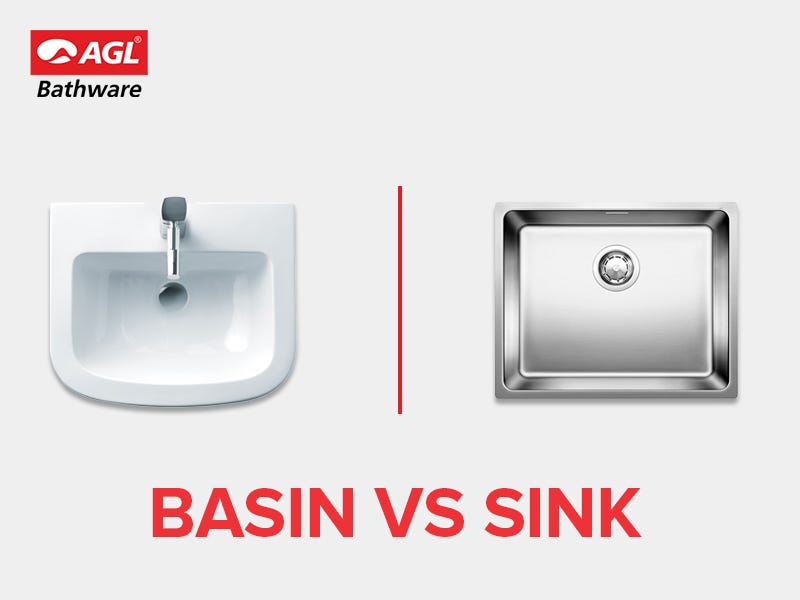
Understanding House Design and Functionality
:max_bytes(150000):strip_icc()/Basic-kitchen-sink-types-1821207_color_rev-0b539306b9ef4236a136624ad2a89a4c.jpg) When it comes to designing a house, every detail matters. From the paint color on the walls to the type of flooring, everything is chosen with purpose and intention. This is especially true for the design of essential areas like the kitchen and bathroom. Two fixtures that are often confused for one another are the wash basin and kitchen sink. While they may look similar, these two elements serve very different purposes and have distinct features that make them unique. In this article, we will explore the main differences between a
wash basin
and a
kitchen sink
and how they impact the overall design and functionality of a house.
When it comes to designing a house, every detail matters. From the paint color on the walls to the type of flooring, everything is chosen with purpose and intention. This is especially true for the design of essential areas like the kitchen and bathroom. Two fixtures that are often confused for one another are the wash basin and kitchen sink. While they may look similar, these two elements serve very different purposes and have distinct features that make them unique. In this article, we will explore the main differences between a
wash basin
and a
kitchen sink
and how they impact the overall design and functionality of a house.
The Purpose of a Wash Basin
 A wash basin is a small, shallow bowl typically found in bathrooms. It is used for basic handwashing and personal hygiene tasks such as brushing teeth or washing one's face.
Wash basins
are usually made of ceramic or porcelain and are mounted on a countertop or attached to the wall. They come in various shapes and sizes, with some even having built-in storage space underneath. Due to their compact size and limited functionality, wash basins are commonly found in smaller bathrooms or powder rooms. They are also a popular choice for guest bathrooms as they add a touch of elegance and convenience to the space.
A wash basin is a small, shallow bowl typically found in bathrooms. It is used for basic handwashing and personal hygiene tasks such as brushing teeth or washing one's face.
Wash basins
are usually made of ceramic or porcelain and are mounted on a countertop or attached to the wall. They come in various shapes and sizes, with some even having built-in storage space underneath. Due to their compact size and limited functionality, wash basins are commonly found in smaller bathrooms or powder rooms. They are also a popular choice for guest bathrooms as they add a touch of elegance and convenience to the space.
The Function of a Kitchen Sink
 On the other hand, a
kitchen sink
is a larger, deeper basin primarily used for washing dishes, food preparation, and other kitchen tasks. They are typically made of stainless steel, cast iron, or composite materials and come in a variety of shapes and sizes. Unlike wash basins, kitchen sinks are often installed under the countertop and have multiple compartments to separate dirty dishes and ease the cleaning process. They are an essential element in any kitchen and are designed to withstand heavy daily use.
On the other hand, a
kitchen sink
is a larger, deeper basin primarily used for washing dishes, food preparation, and other kitchen tasks. They are typically made of stainless steel, cast iron, or composite materials and come in a variety of shapes and sizes. Unlike wash basins, kitchen sinks are often installed under the countertop and have multiple compartments to separate dirty dishes and ease the cleaning process. They are an essential element in any kitchen and are designed to withstand heavy daily use.
The Impact on House Design
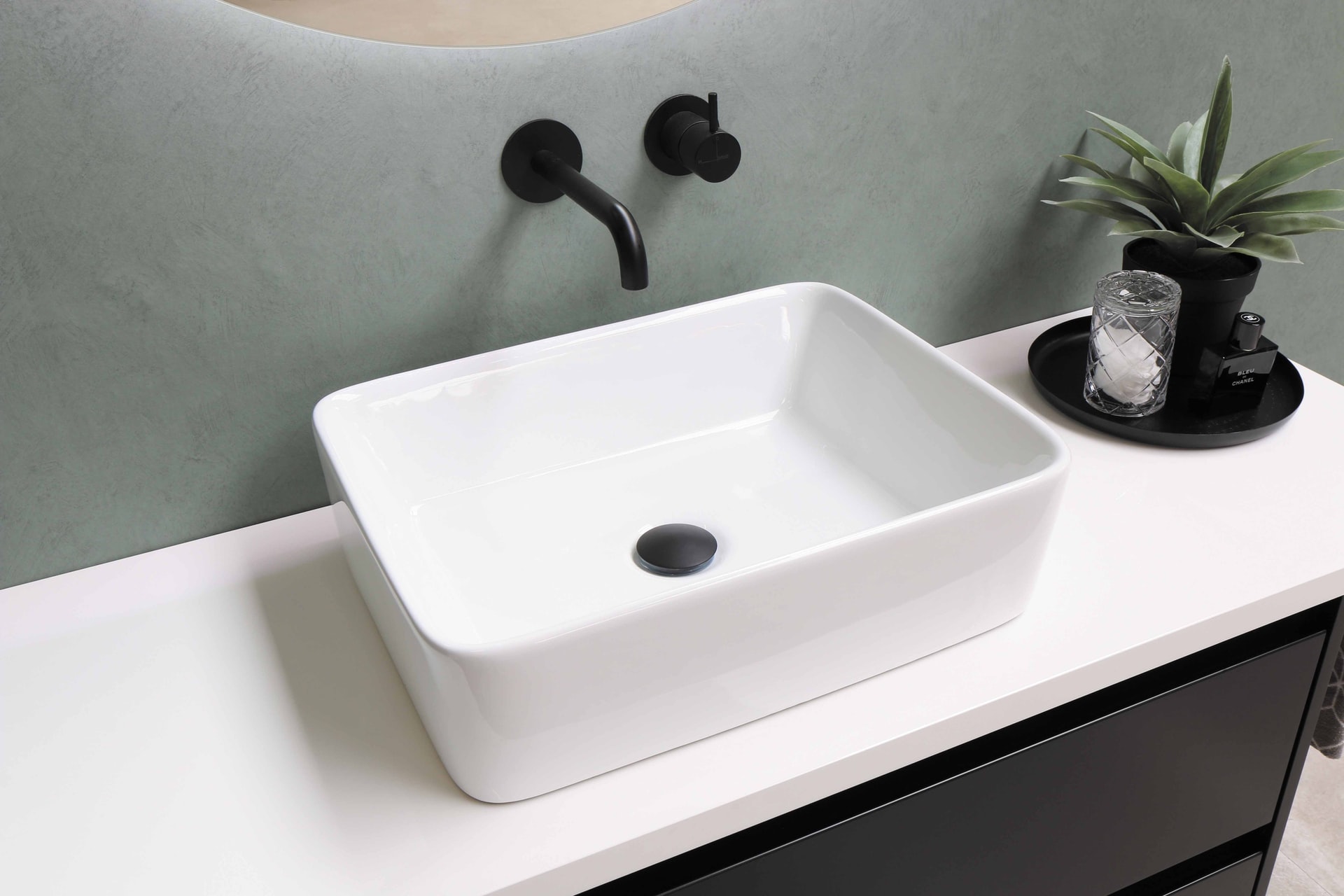 The main difference between a wash basin and kitchen sink is their purpose and placement. While a wash basin is meant for personal hygiene in the bathroom, a kitchen sink is designed for heavy-duty use in the kitchen. As a result, their placement in a house is crucial. A wash basin in the kitchen would be impractical, and a kitchen sink in the bathroom would take up valuable space. Moreover,
wash basins
and kitchen sinks come in various styles, colors, and materials, allowing homeowners to choose the one that best fits their house design and personal taste.
In conclusion, while a wash basin and kitchen sink may look alike, they serve very different purposes and have distinct features that make them essential fixtures in a house. The next time you are designing or renovating your home, consider the purpose of each space and choose the right fixture accordingly. Whether it's a
wash basin
for your bathroom or a kitchen sink for your kitchen, these elements will not only add functionality but also enhance the overall design of your house.
The main difference between a wash basin and kitchen sink is their purpose and placement. While a wash basin is meant for personal hygiene in the bathroom, a kitchen sink is designed for heavy-duty use in the kitchen. As a result, their placement in a house is crucial. A wash basin in the kitchen would be impractical, and a kitchen sink in the bathroom would take up valuable space. Moreover,
wash basins
and kitchen sinks come in various styles, colors, and materials, allowing homeowners to choose the one that best fits their house design and personal taste.
In conclusion, while a wash basin and kitchen sink may look alike, they serve very different purposes and have distinct features that make them essential fixtures in a house. The next time you are designing or renovating your home, consider the purpose of each space and choose the right fixture accordingly. Whether it's a
wash basin
for your bathroom or a kitchen sink for your kitchen, these elements will not only add functionality but also enhance the overall design of your house.
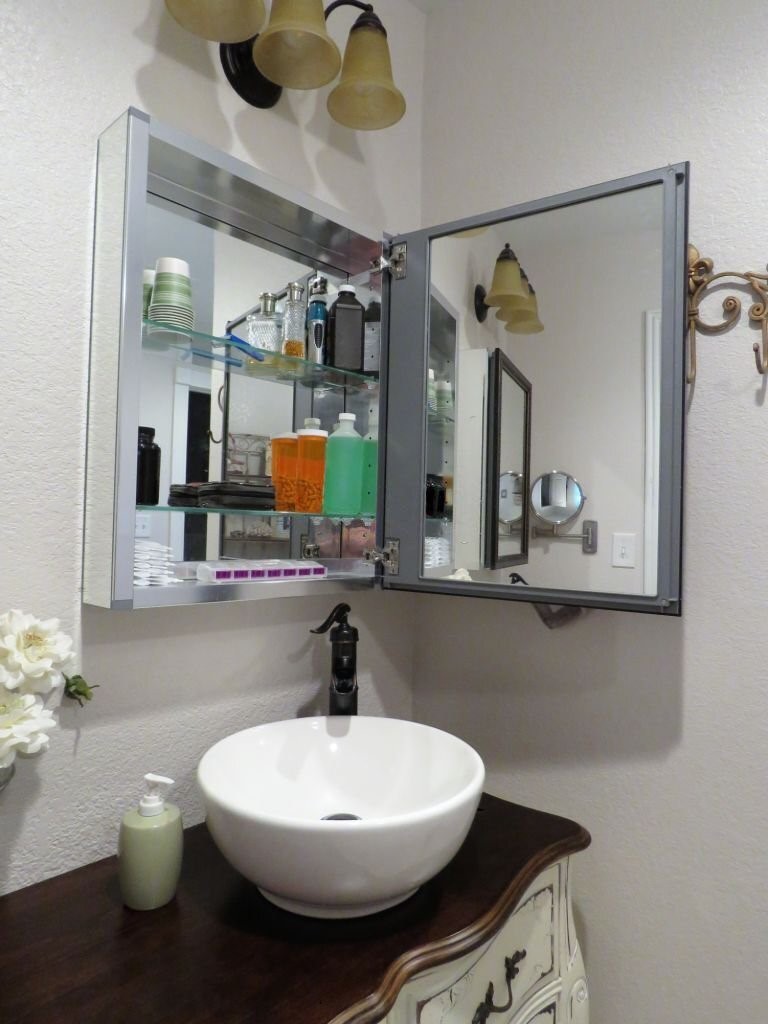


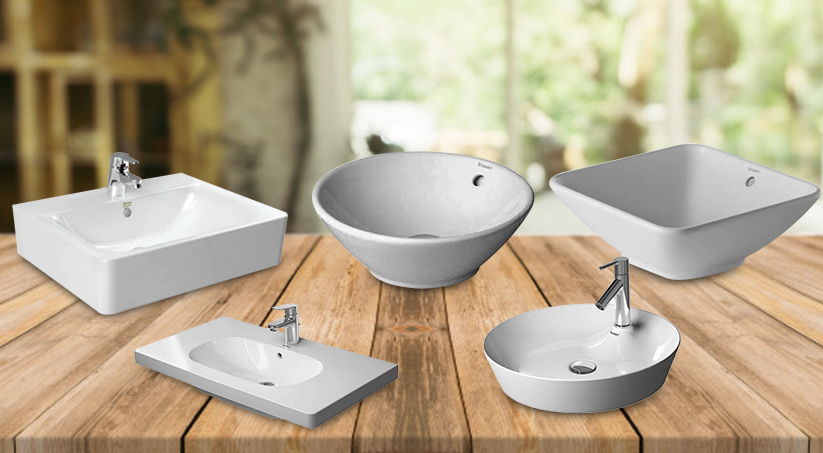
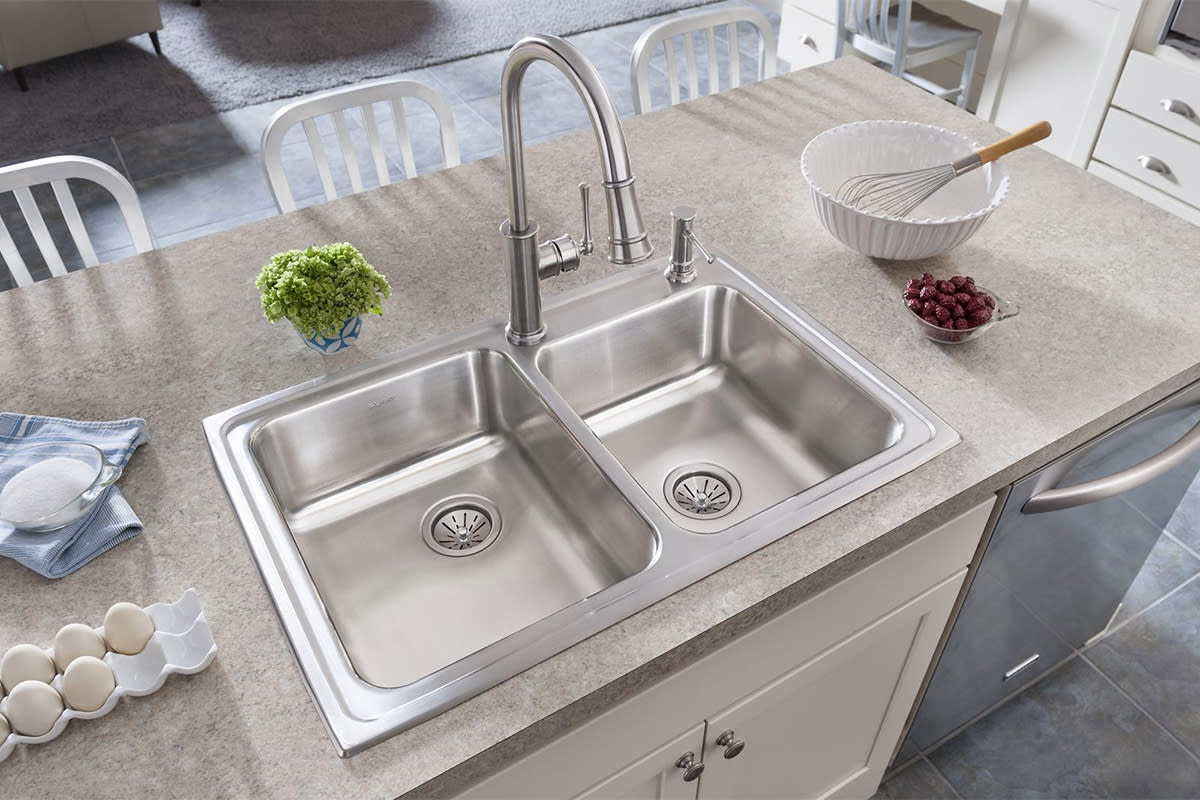
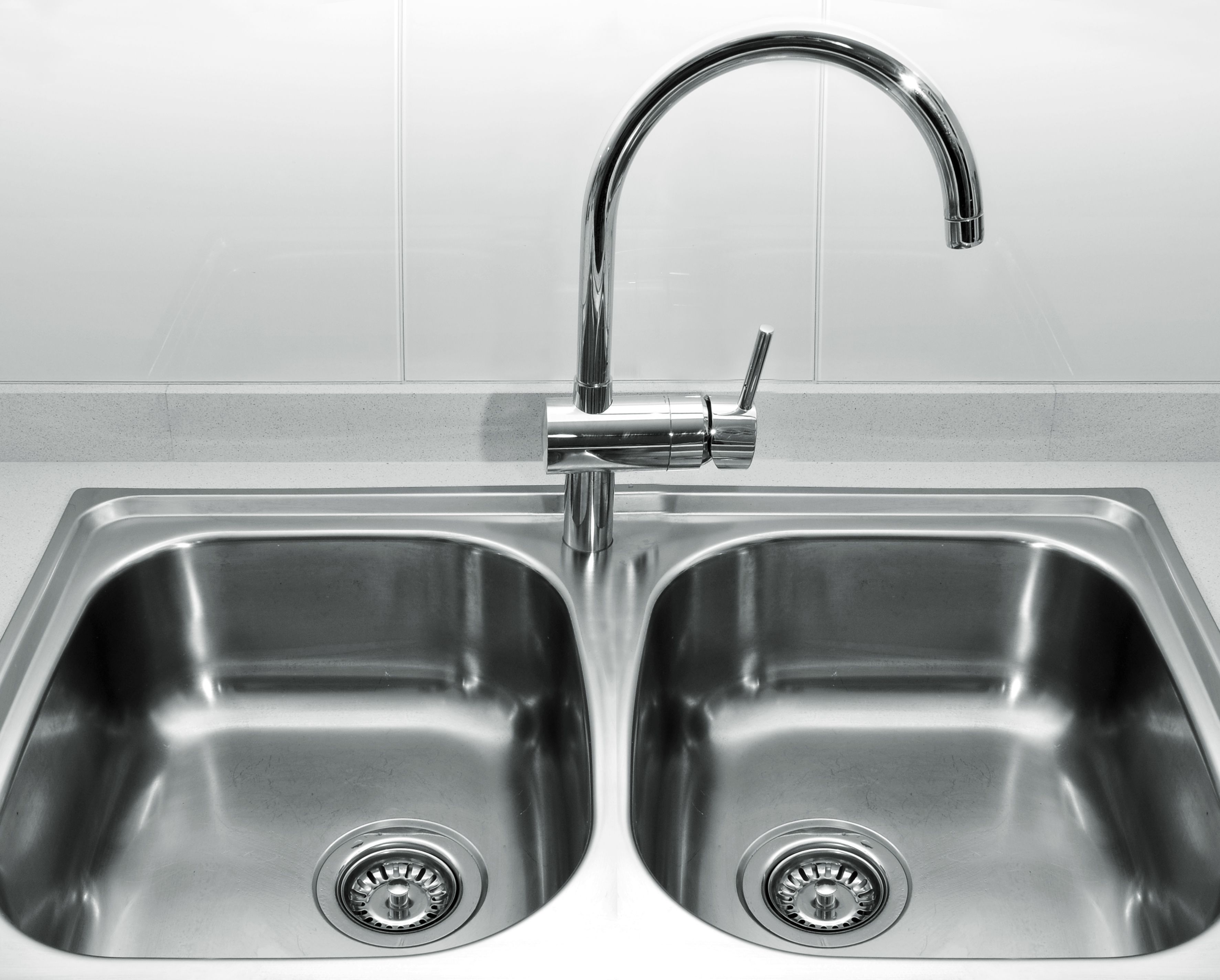
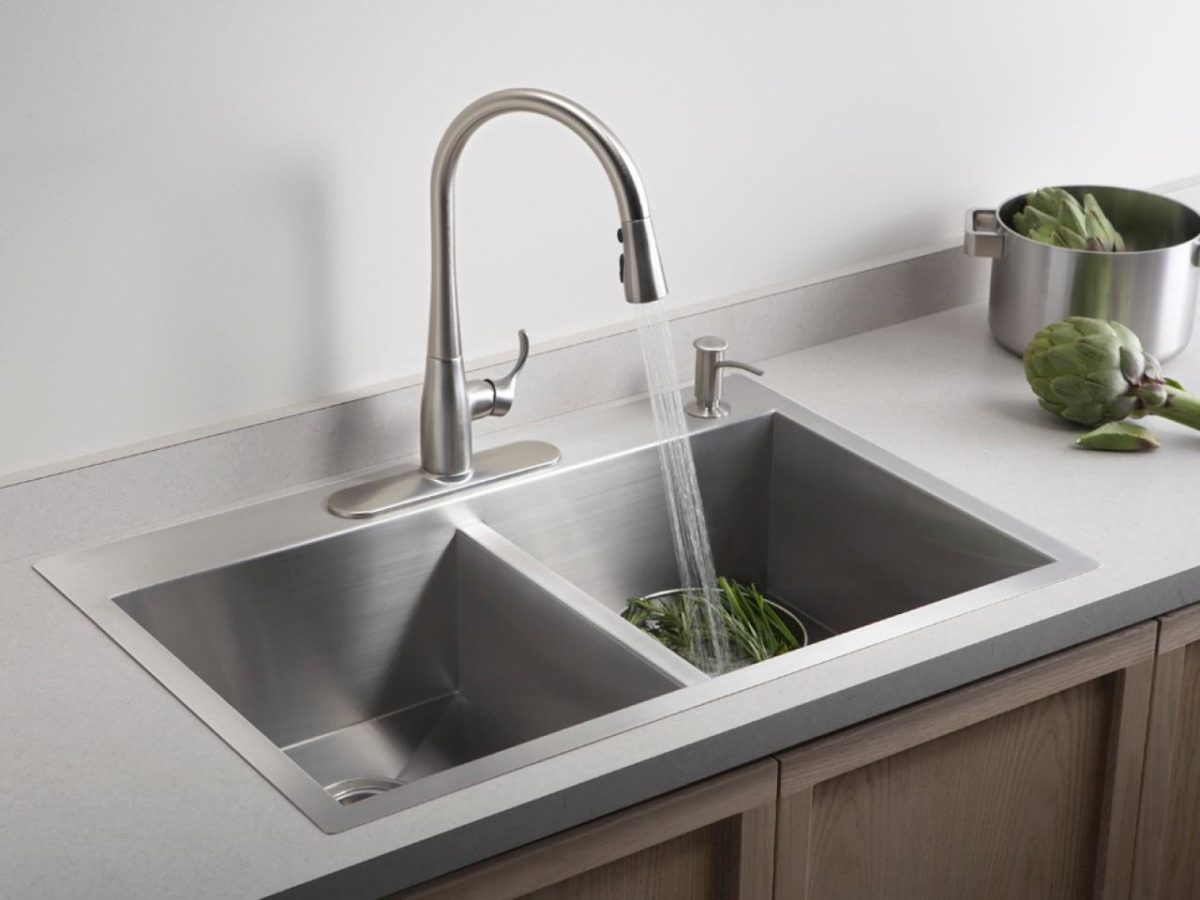



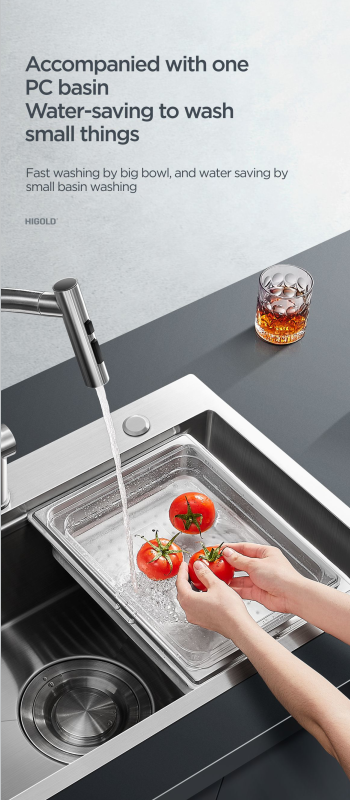

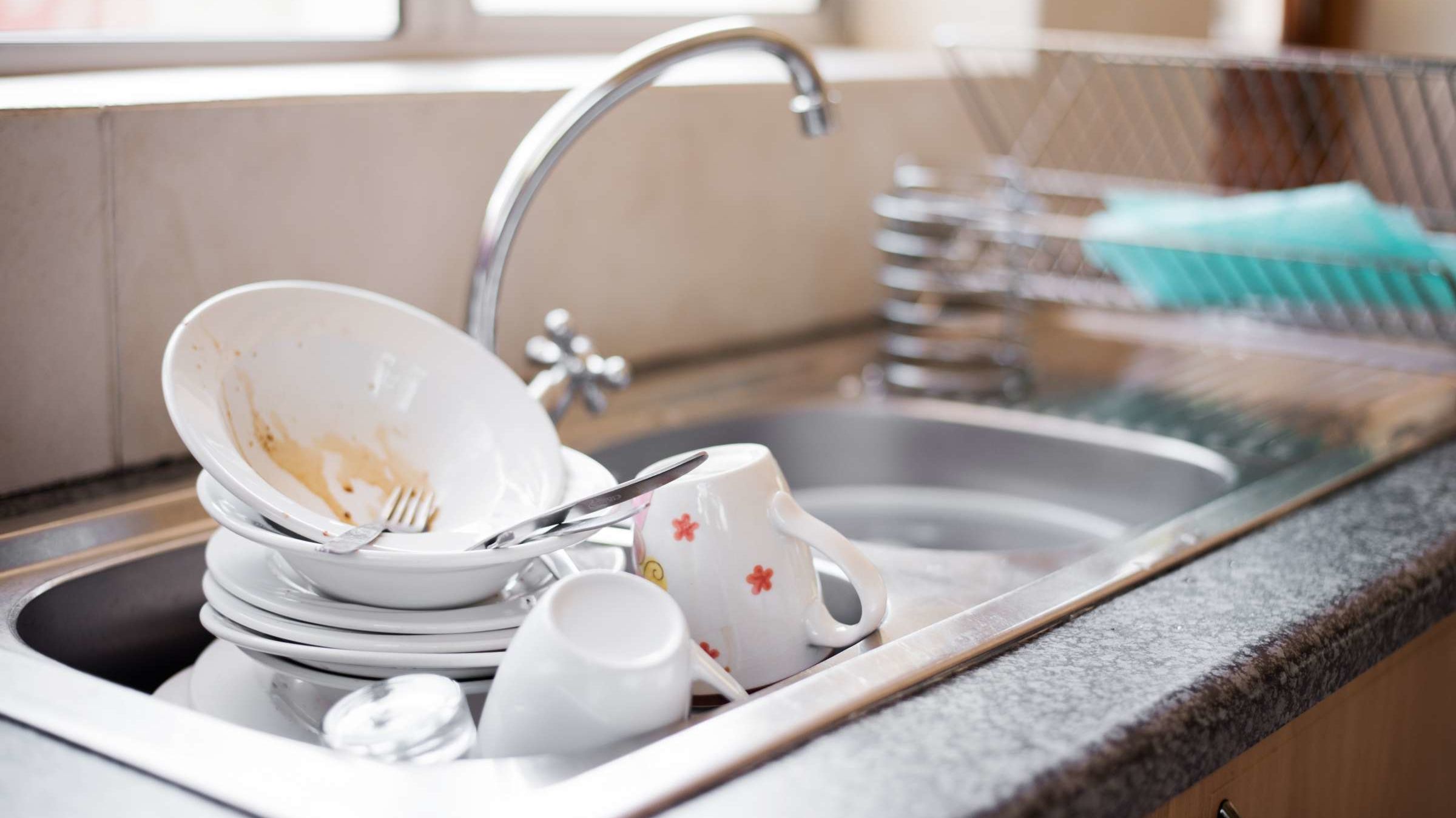







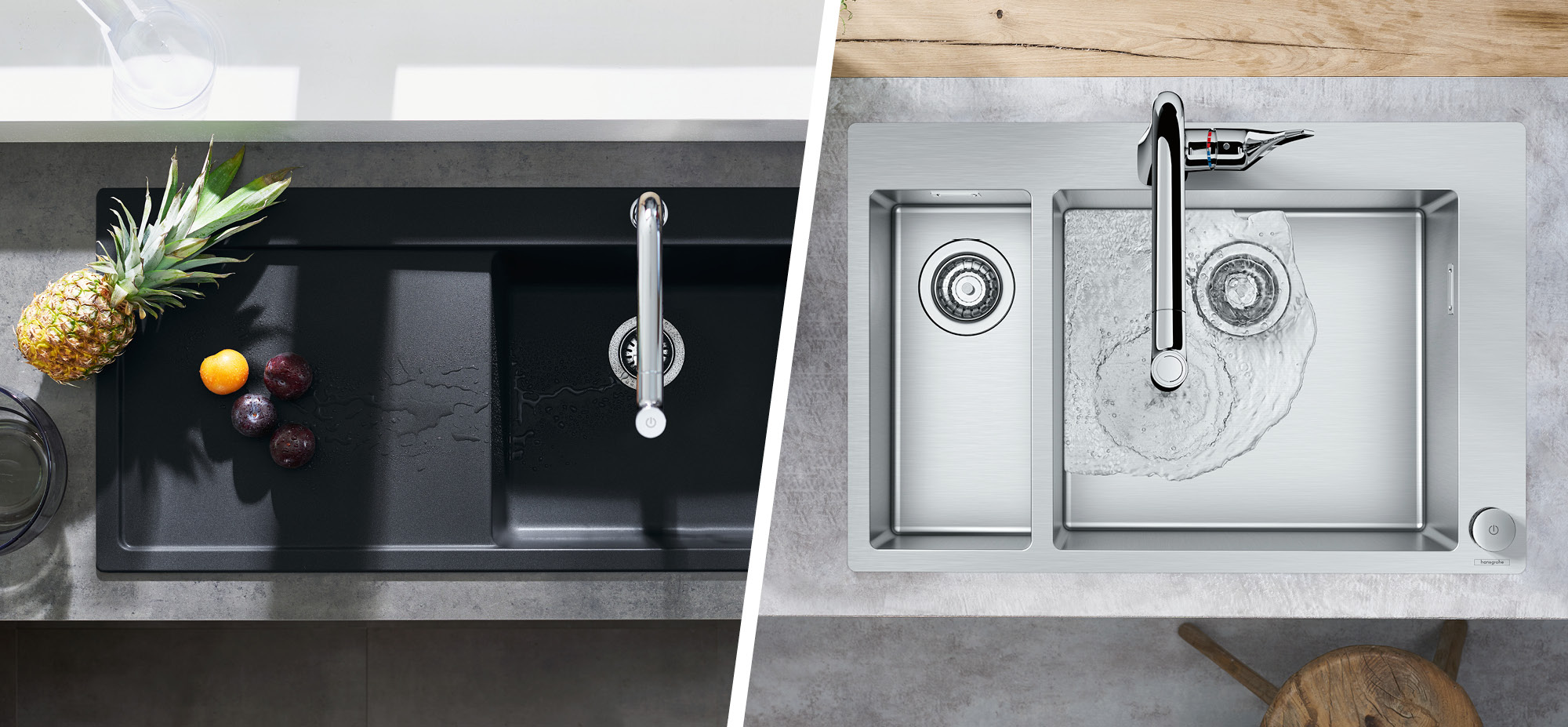

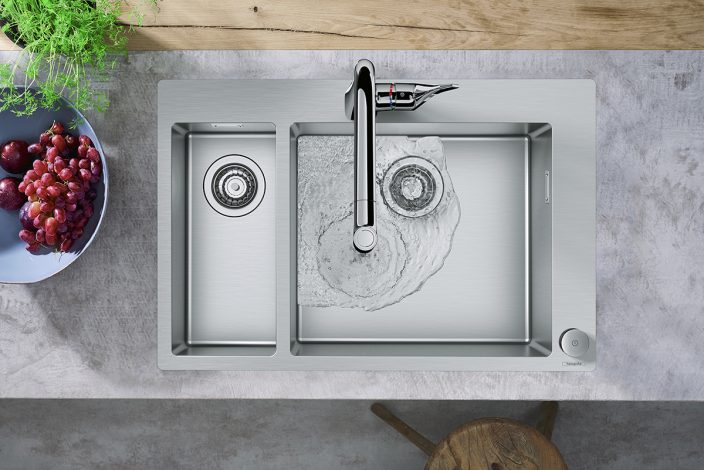
:max_bytes(150000):strip_icc()/GettyImages-1098390260-48e2f81dd4de4c1381af5e811a031e42.jpg)
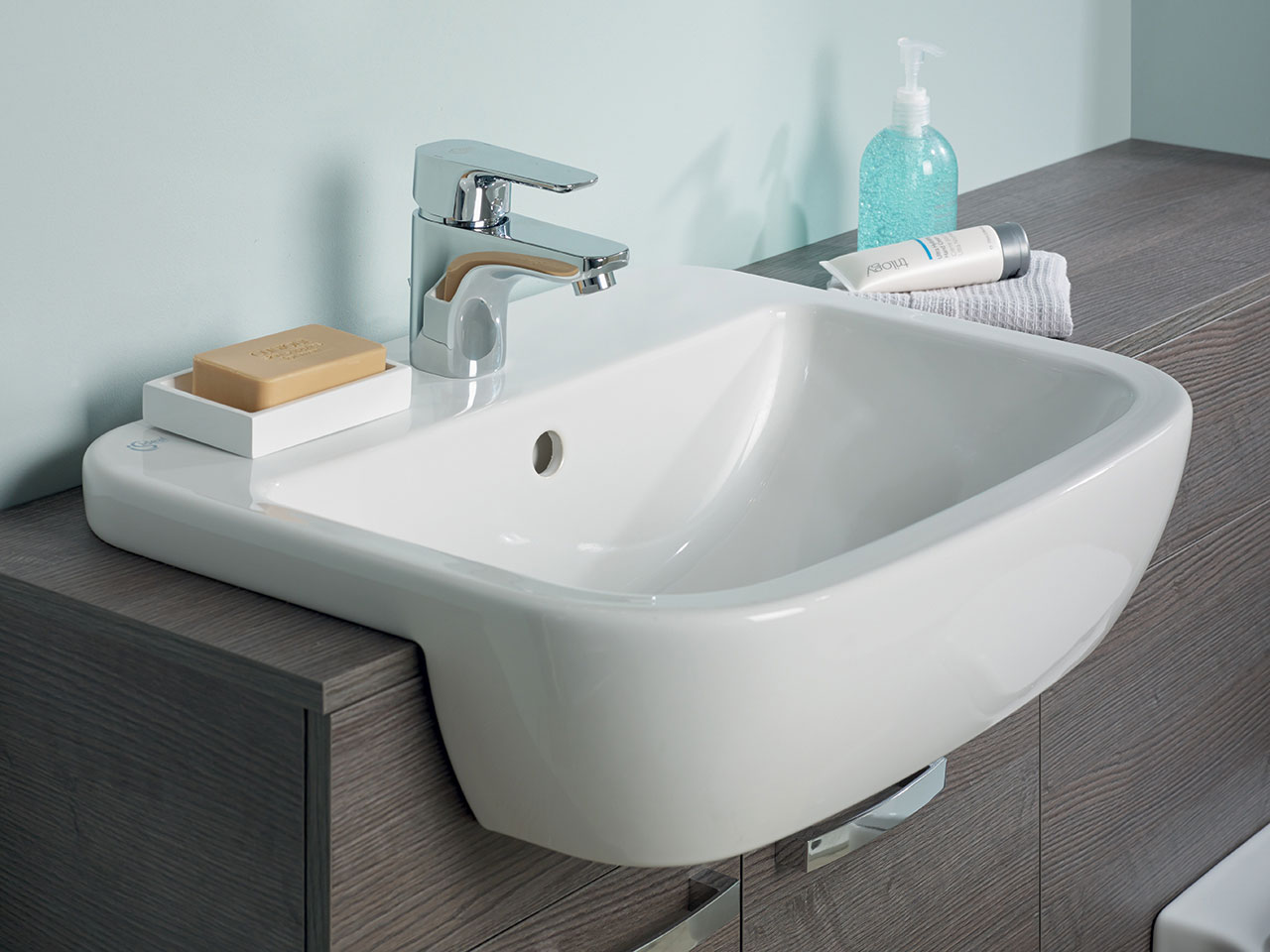

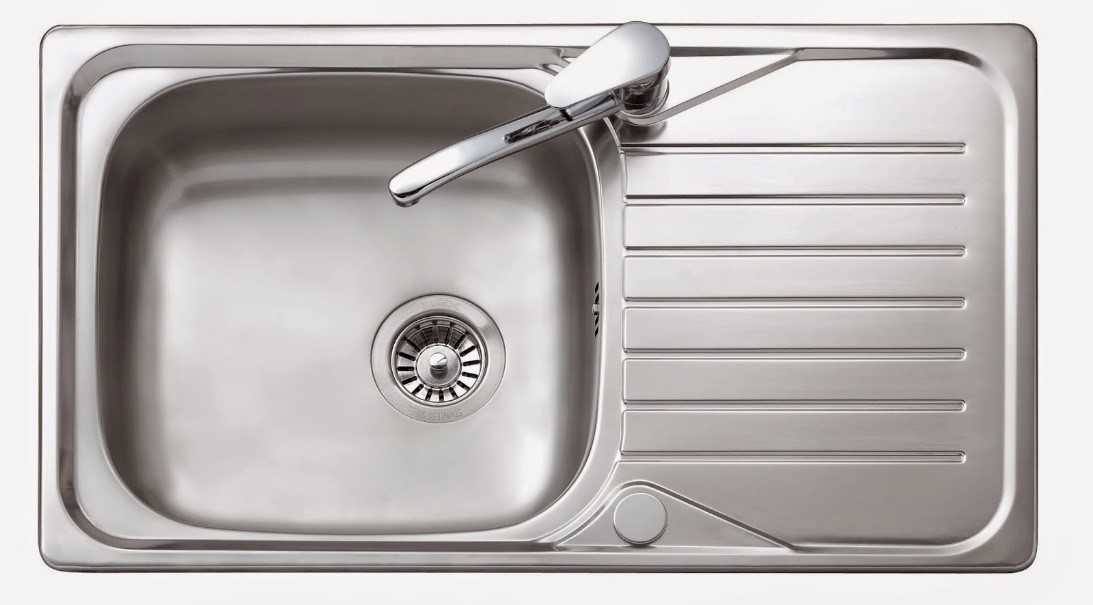
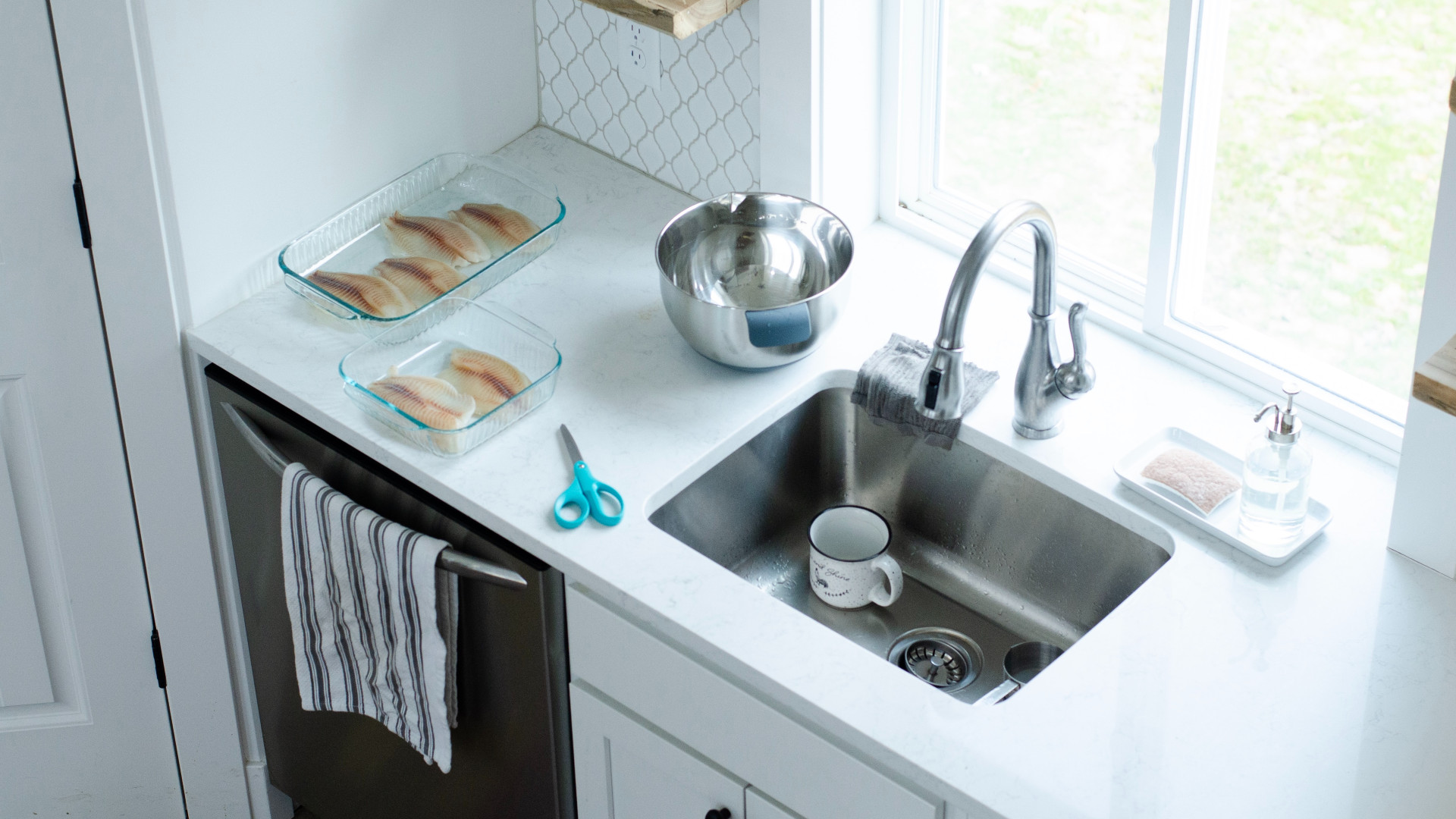

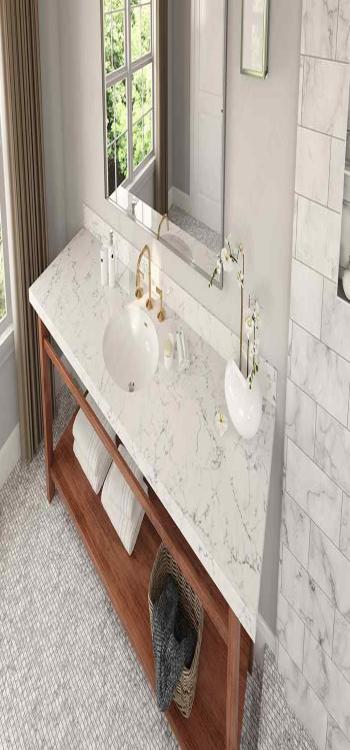

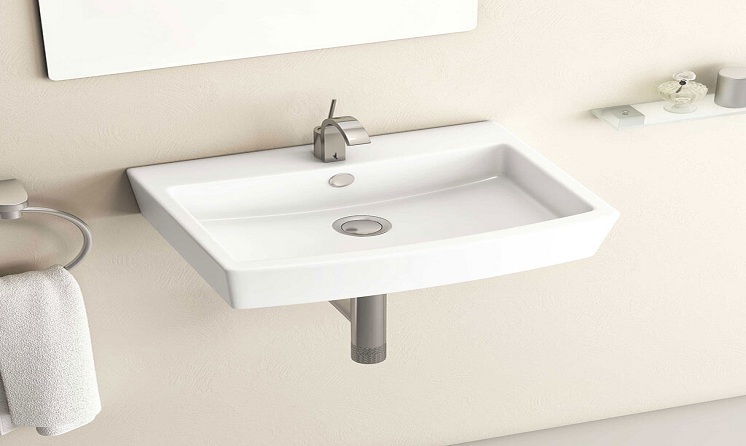







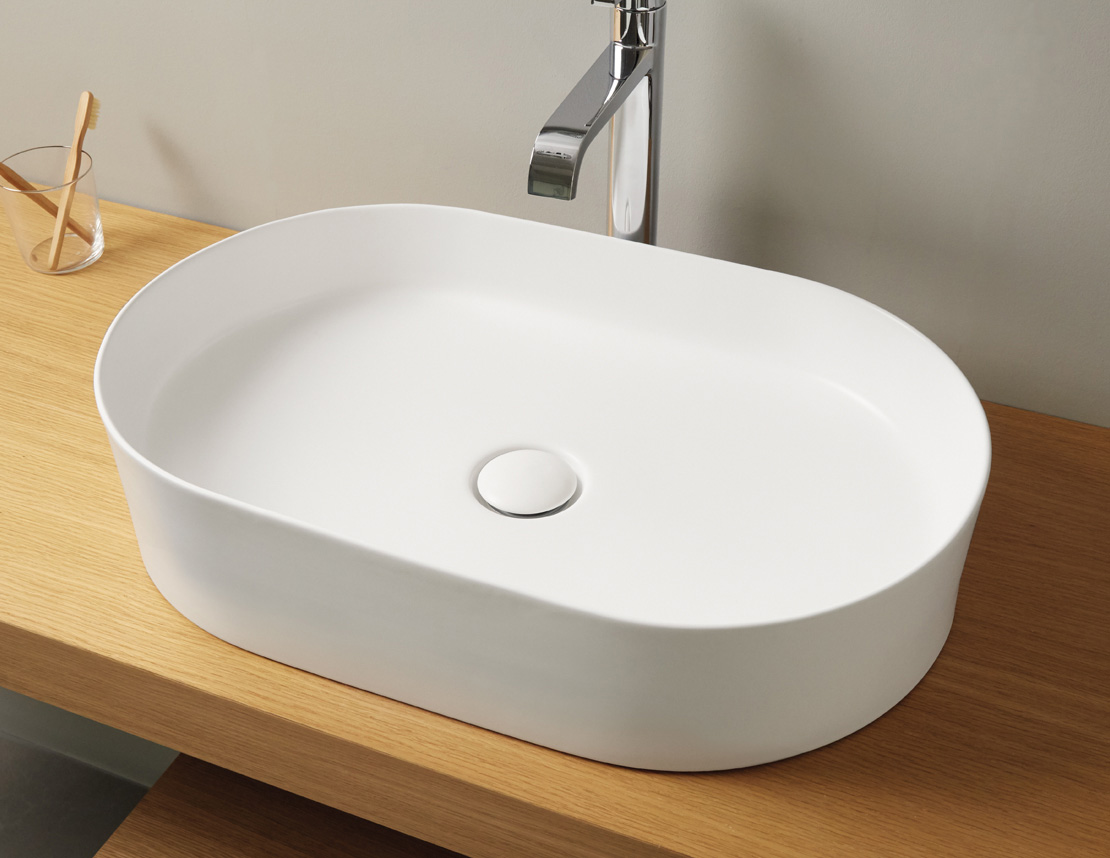
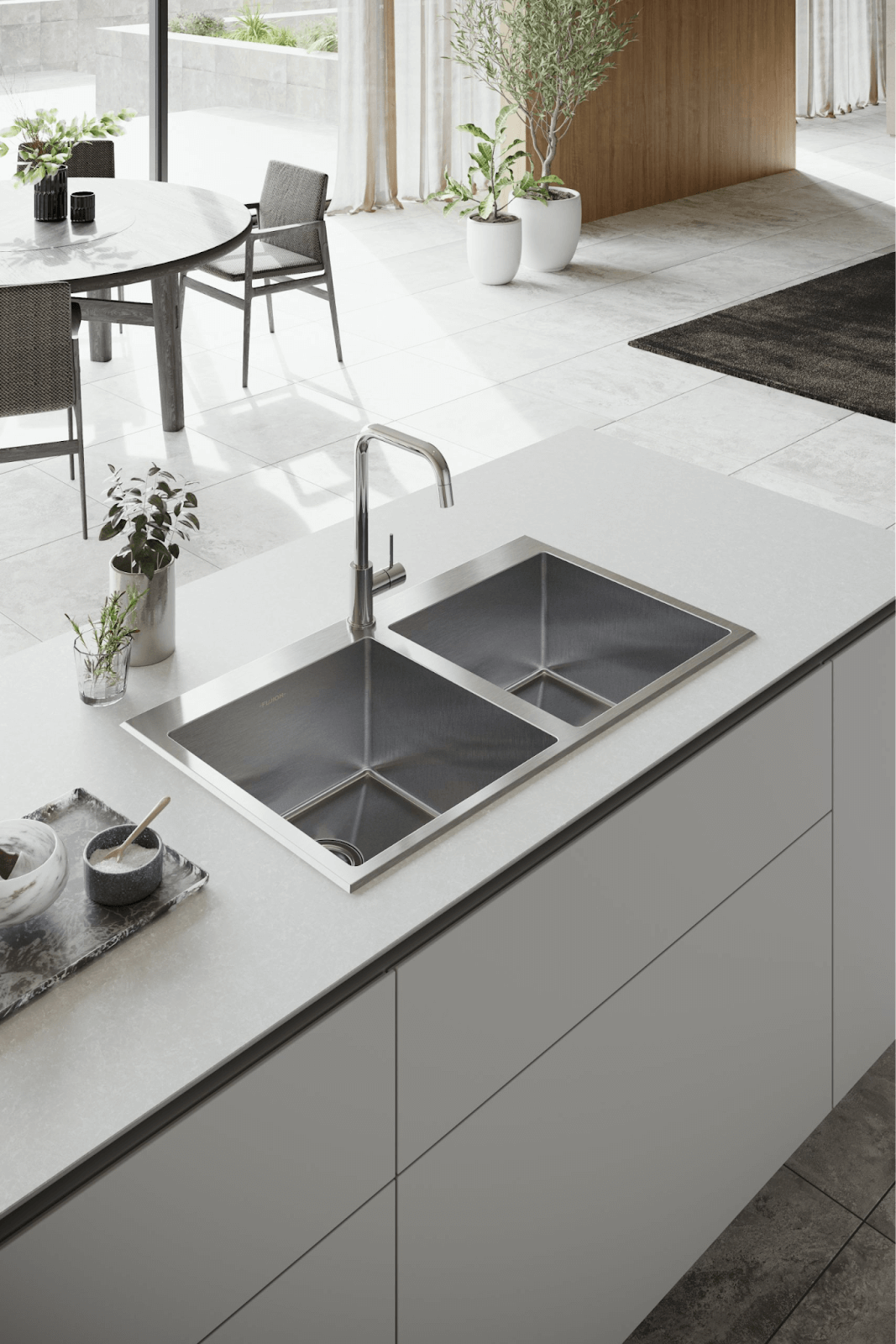


:max_bytes(150000):strip_icc()/kitchendoubleBasinsink-GettyImages-1098390260-420372a617b748d8a06491e6ad82d107.jpg)
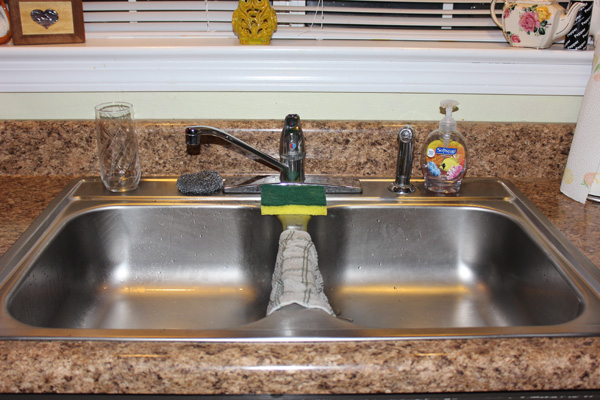
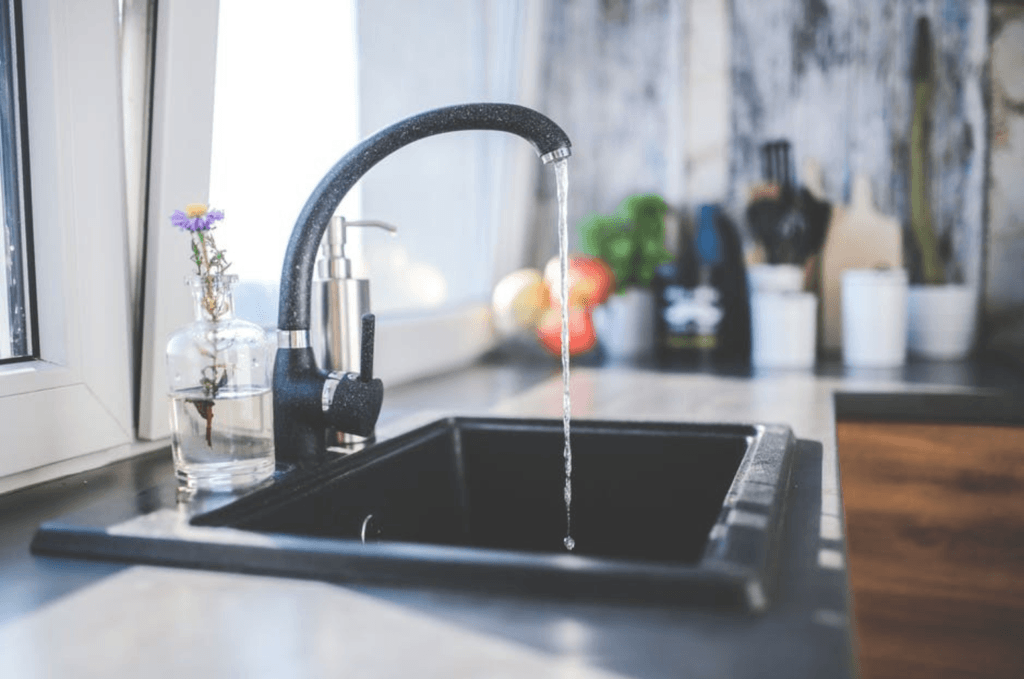

:max_bytes(150000):strip_icc()/Low-DivideKitchenSink-5a763707119fa8003735e84a.jpg)



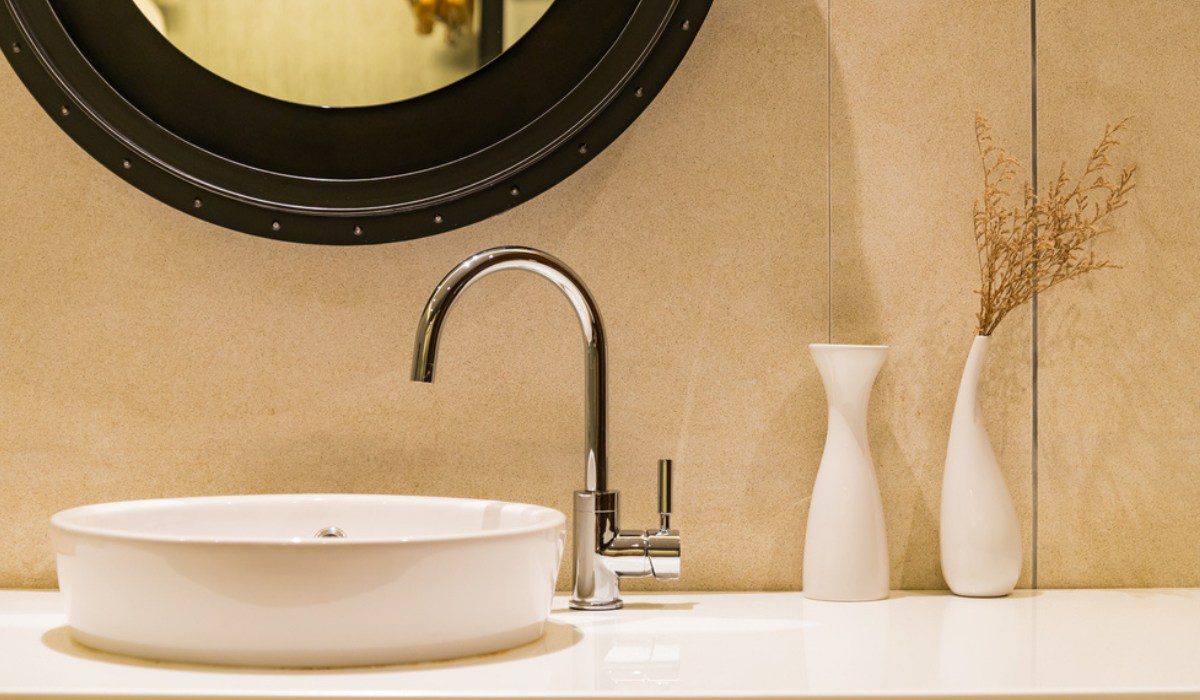


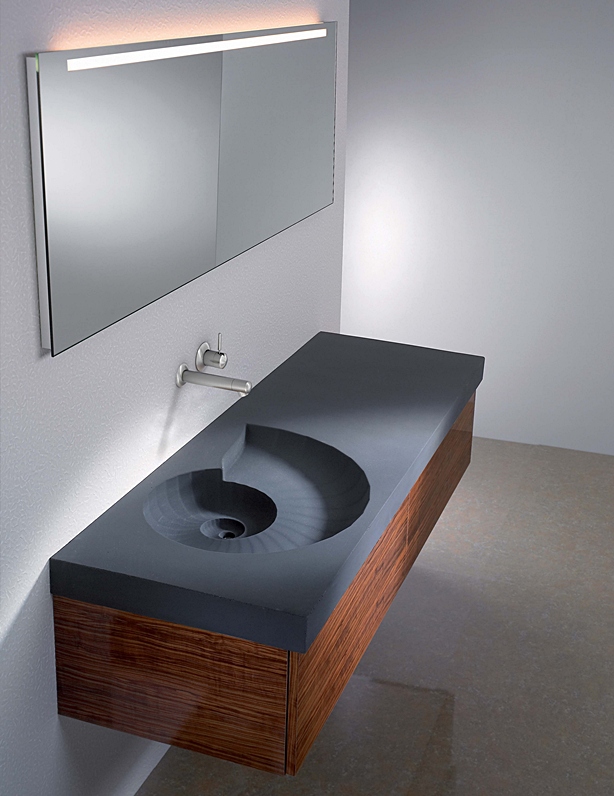

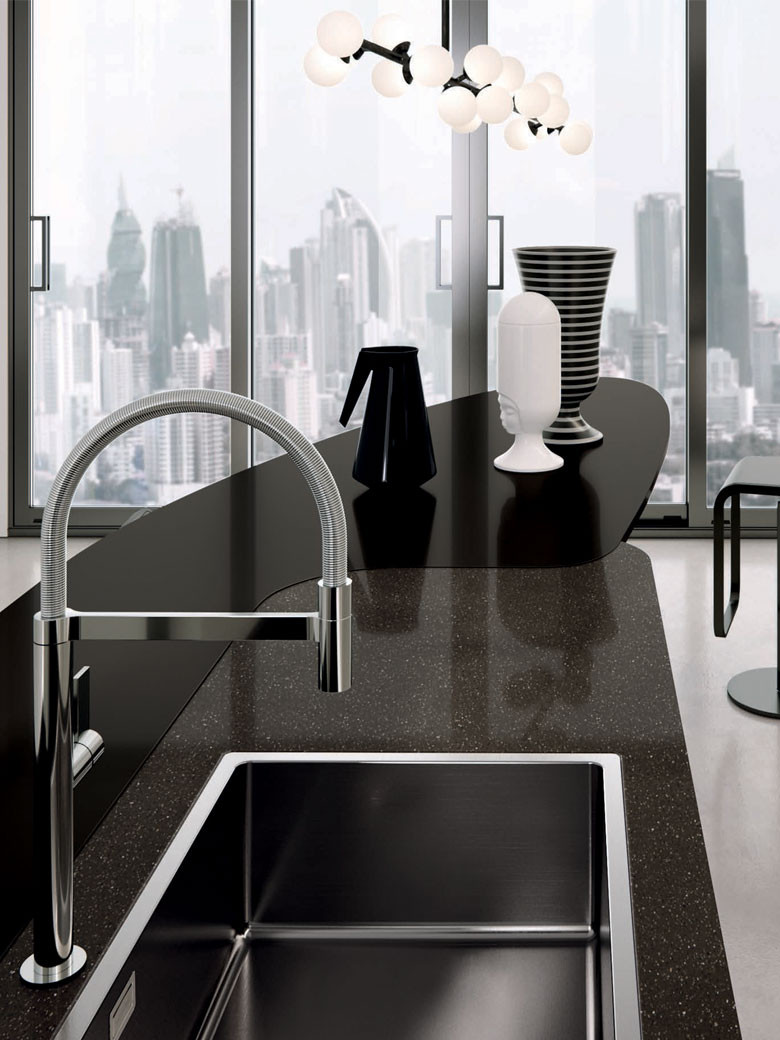




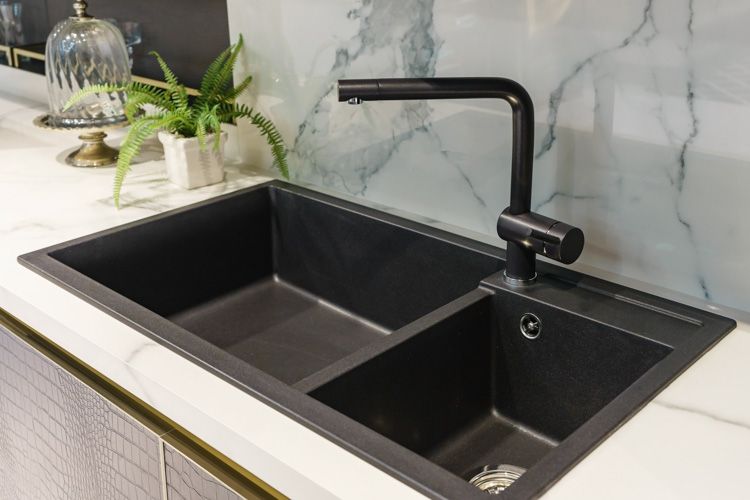
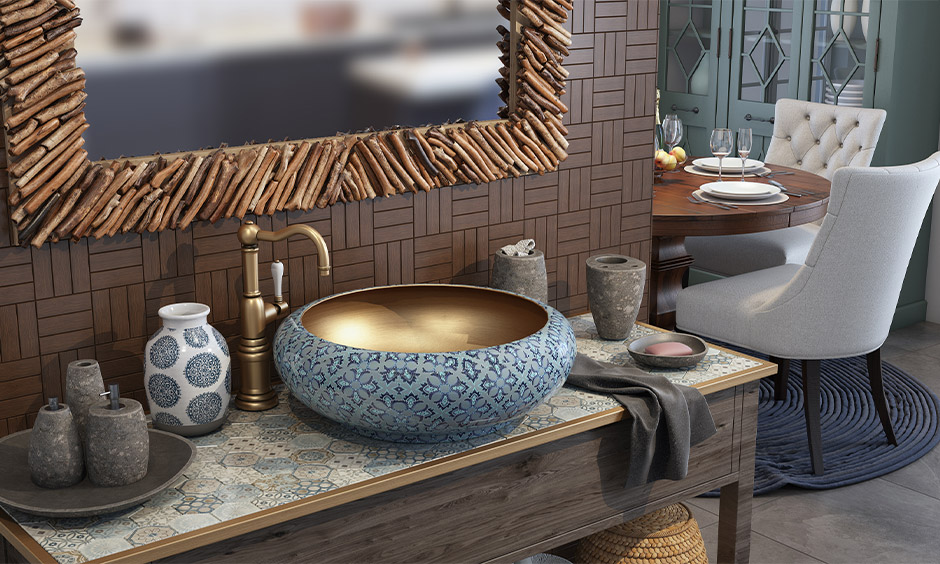




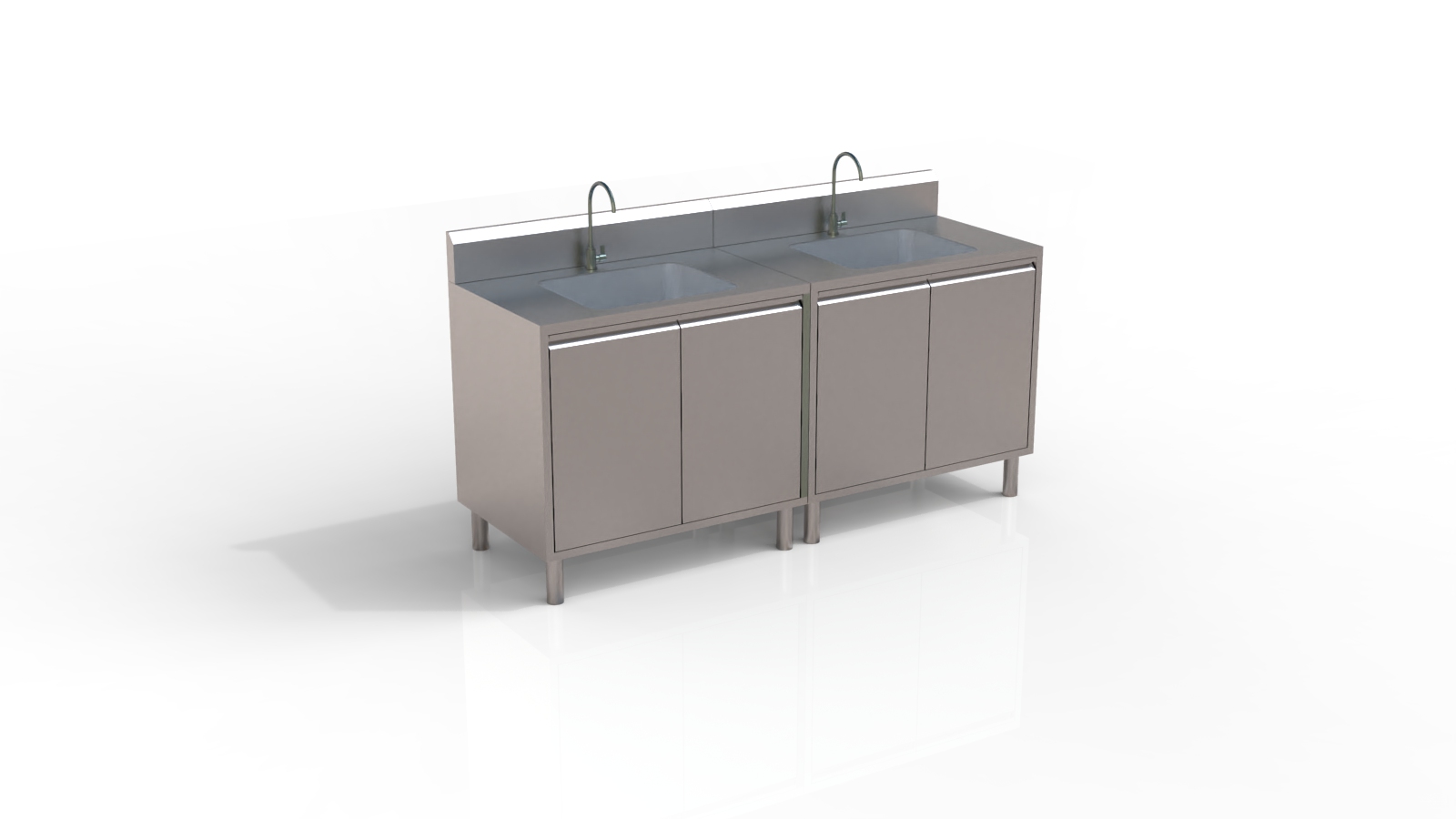
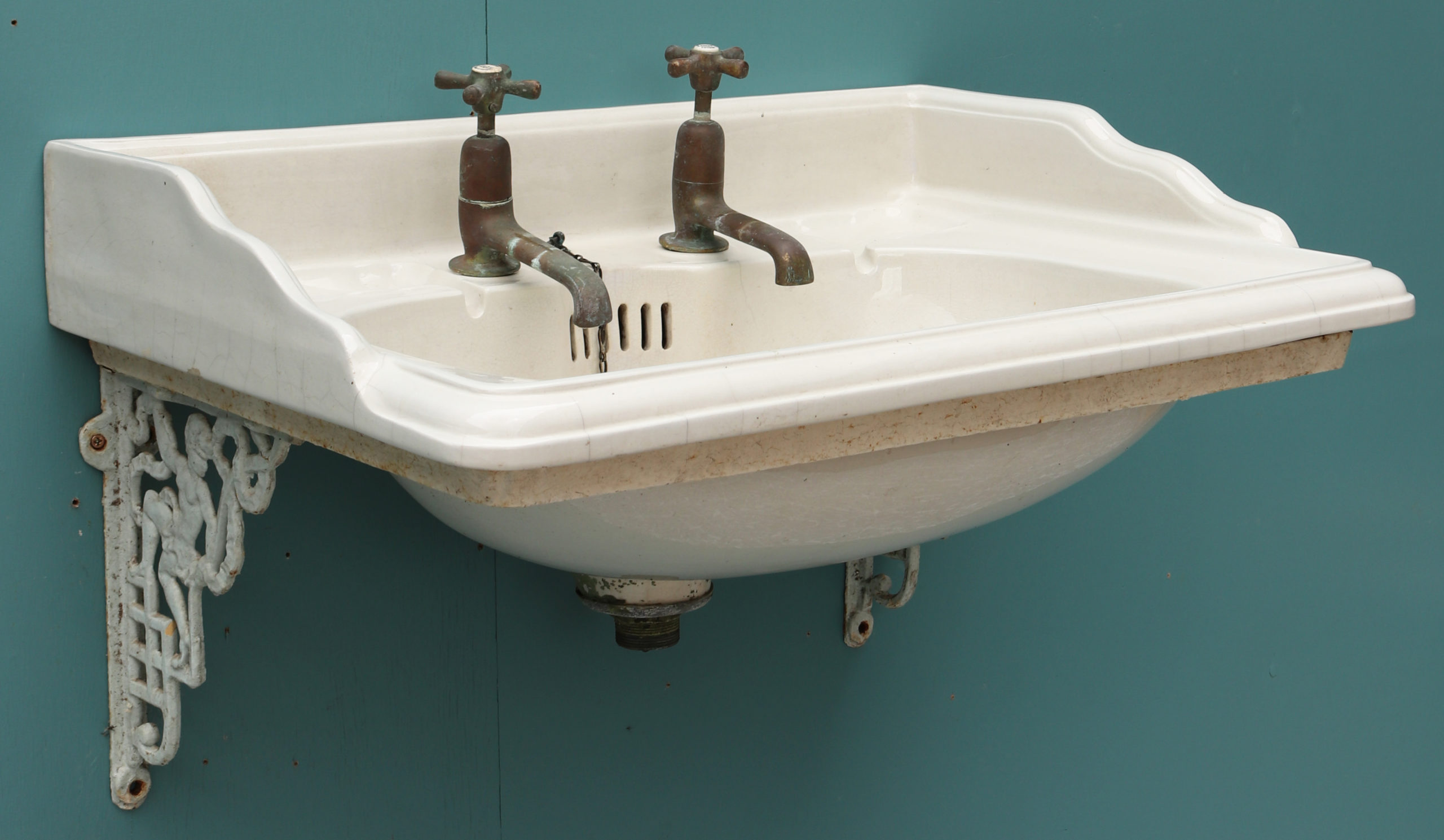

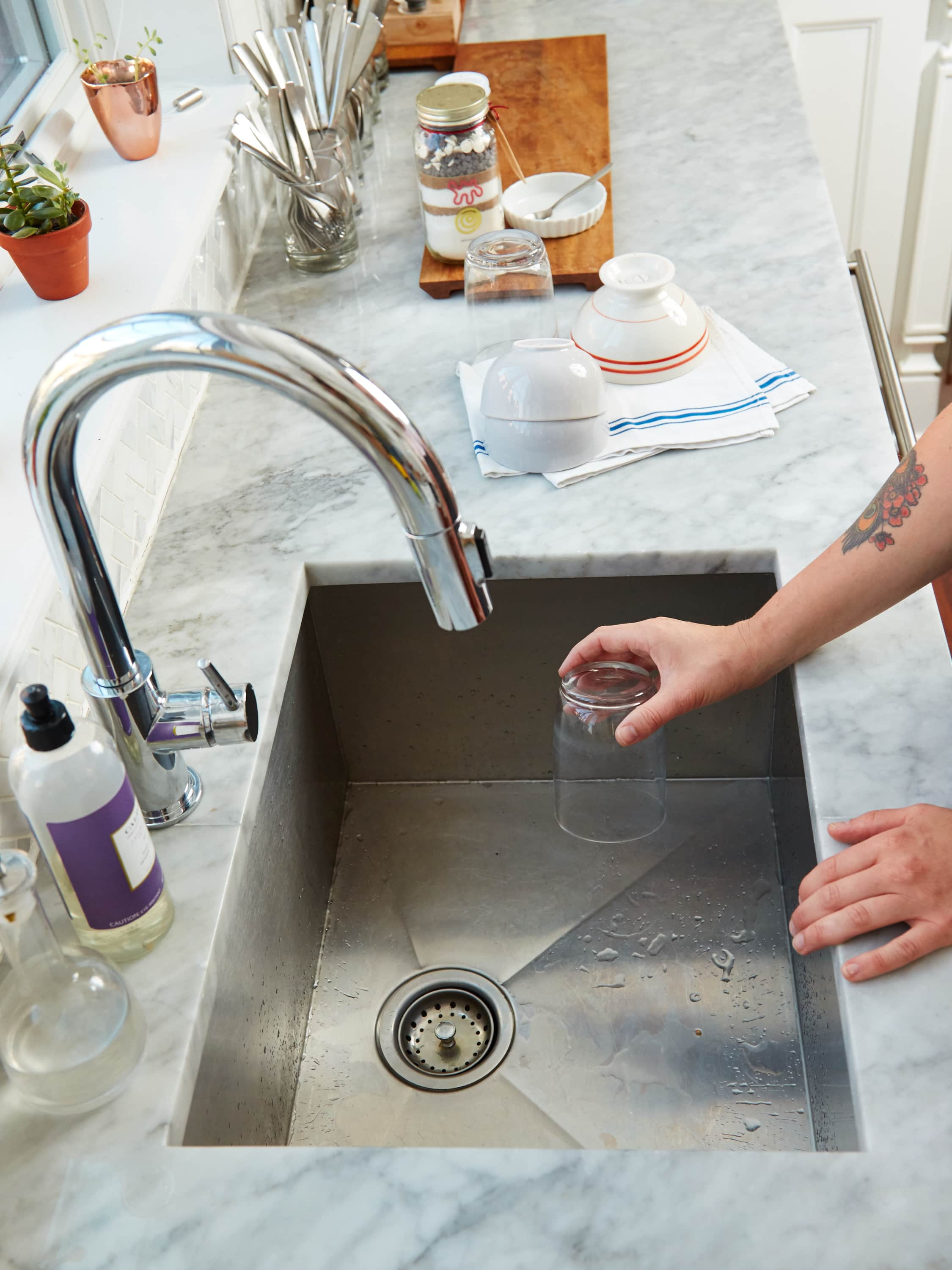



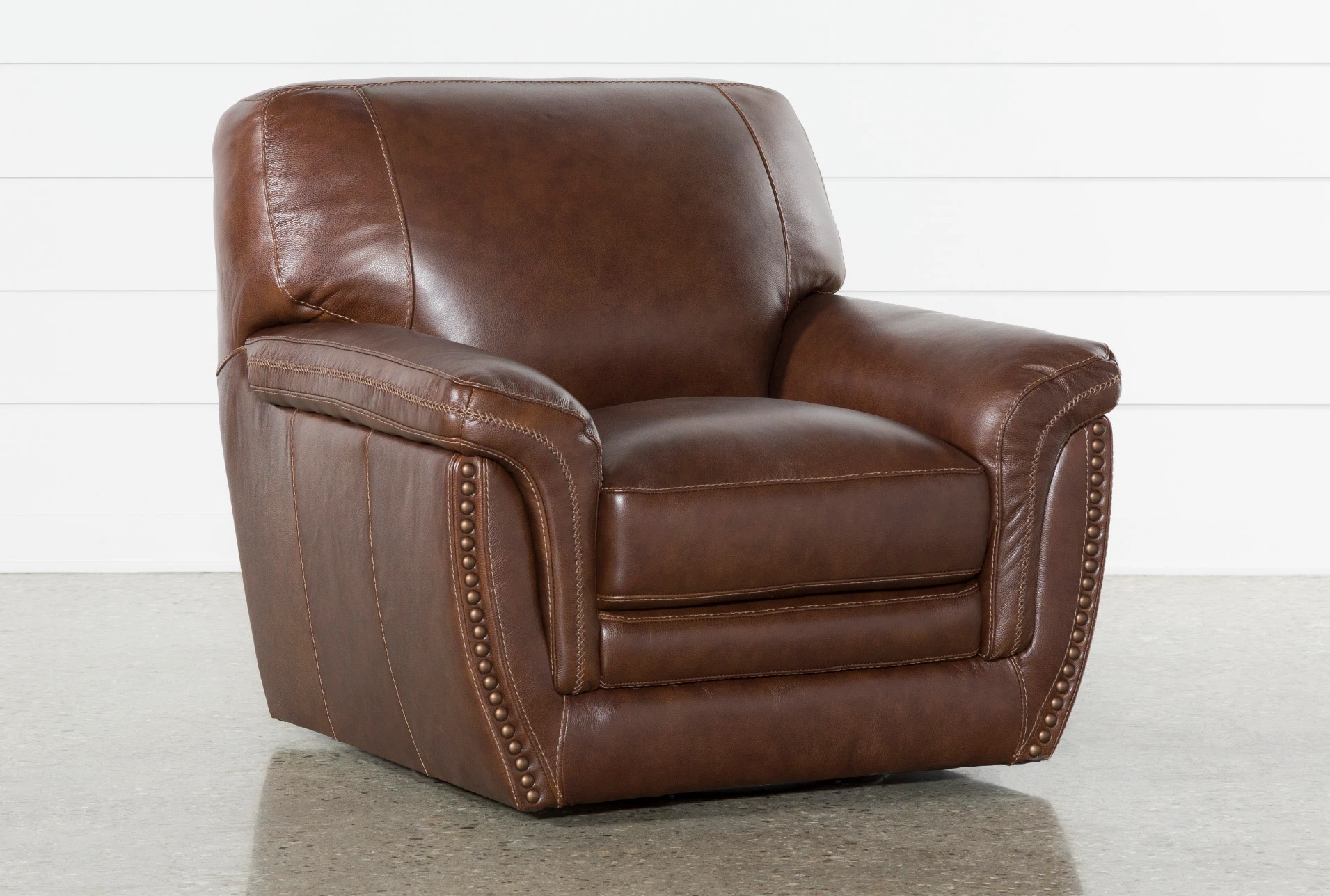
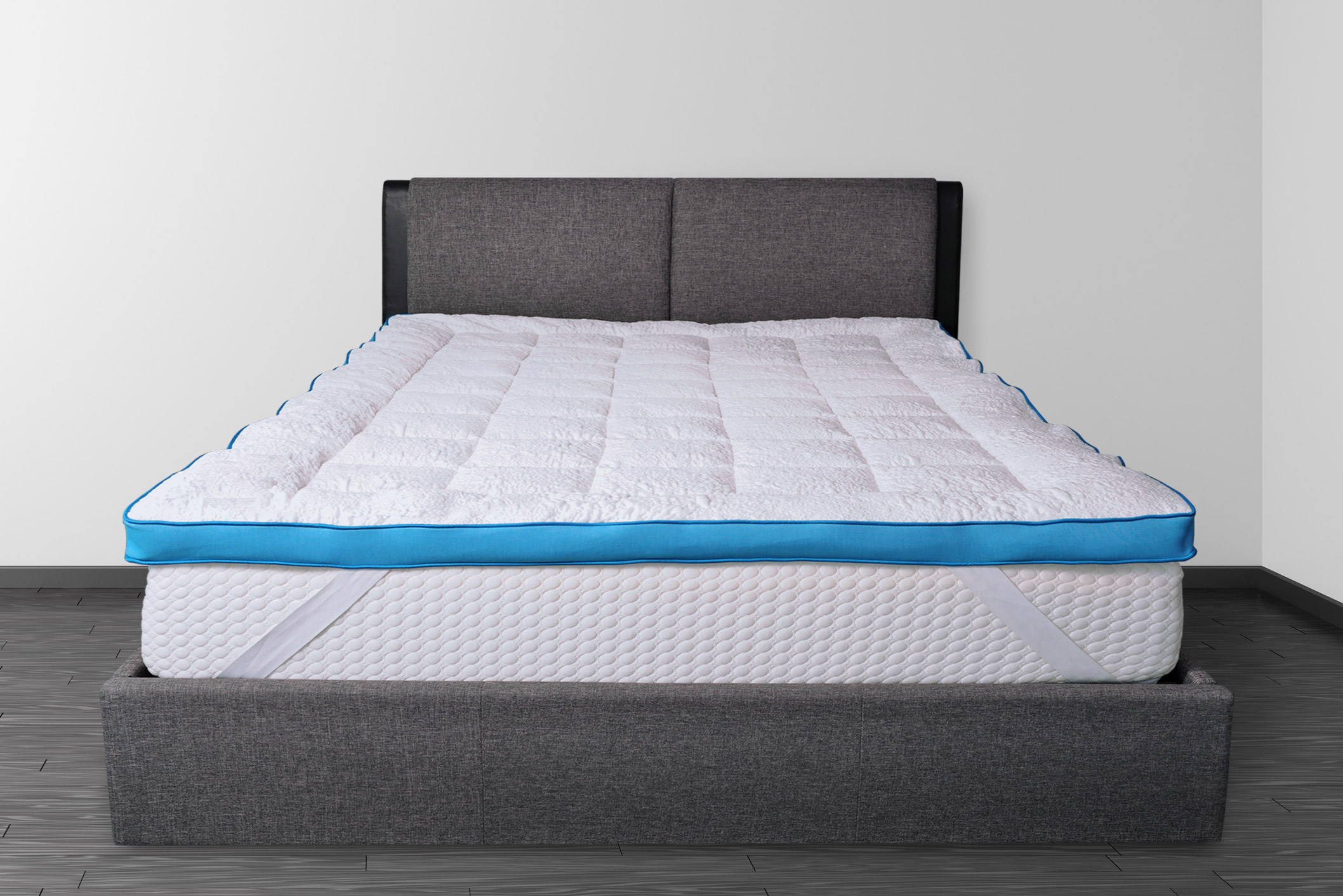

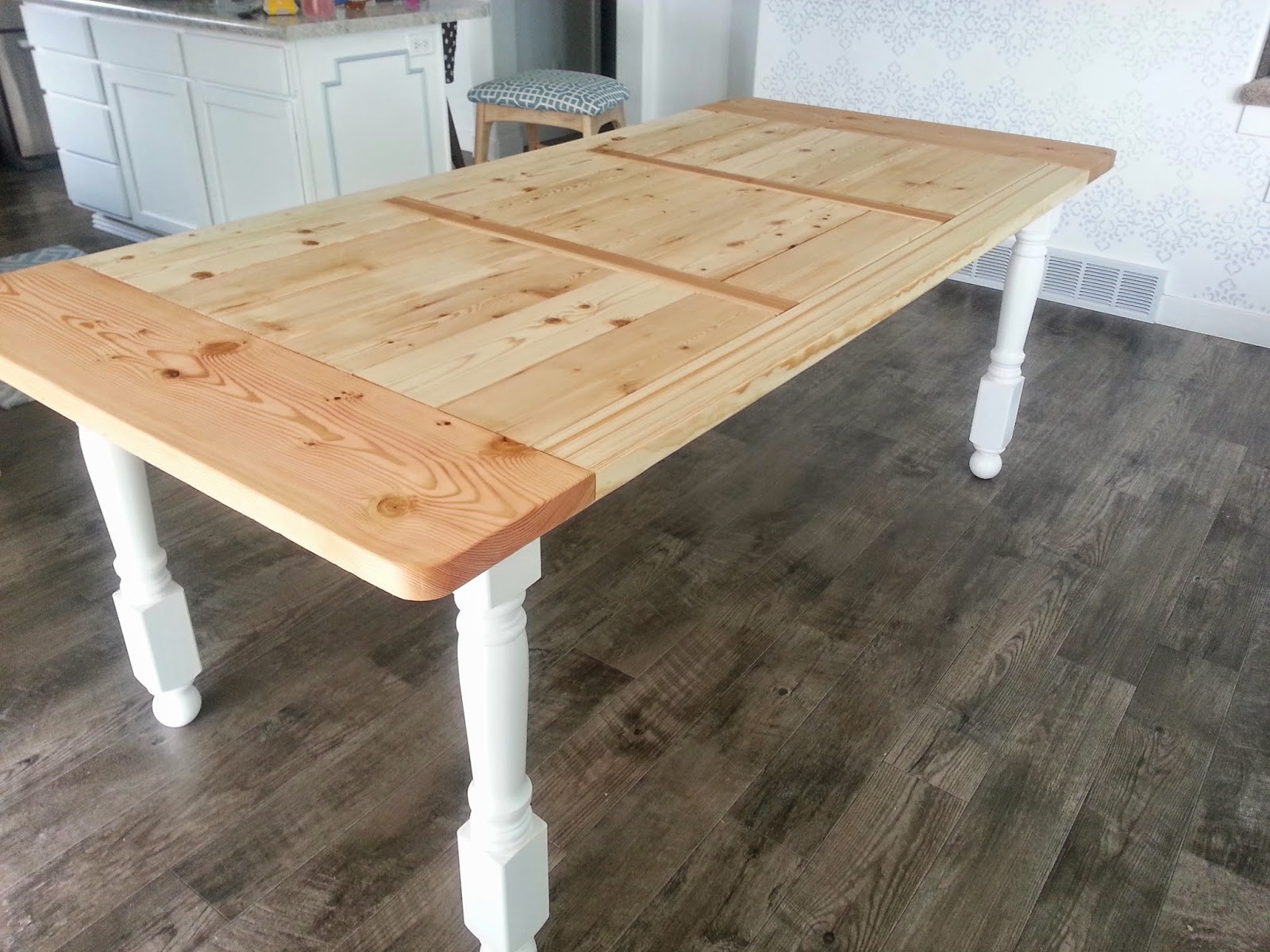
/living-room-lighting-ideas-4134256-01-2f070b6071444f1197ad5ca56d9e6678.jpg)

